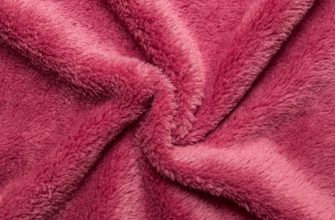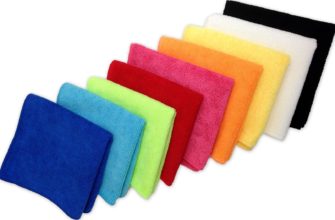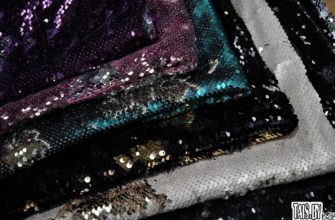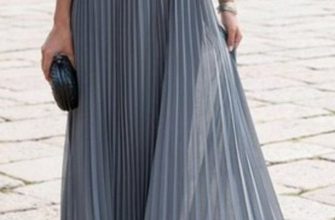The label of things often describes the materials that make up the fabric. But the names alone tell little to users. After all, information about the properties is practically absent. Therefore, it is worth understanding the characteristics of the most popular combinations in order to understand what their advantages are. It is not difficult to study such materials as polyester, viscose, elastane, what kind of fabric in each case is in front of the buyer is also easy to decide.
Properties of such a combination of fibers
This combination has not yet become widespread, but some manufacturers prefer it. There are several features that deserve attention:
- Good strength.
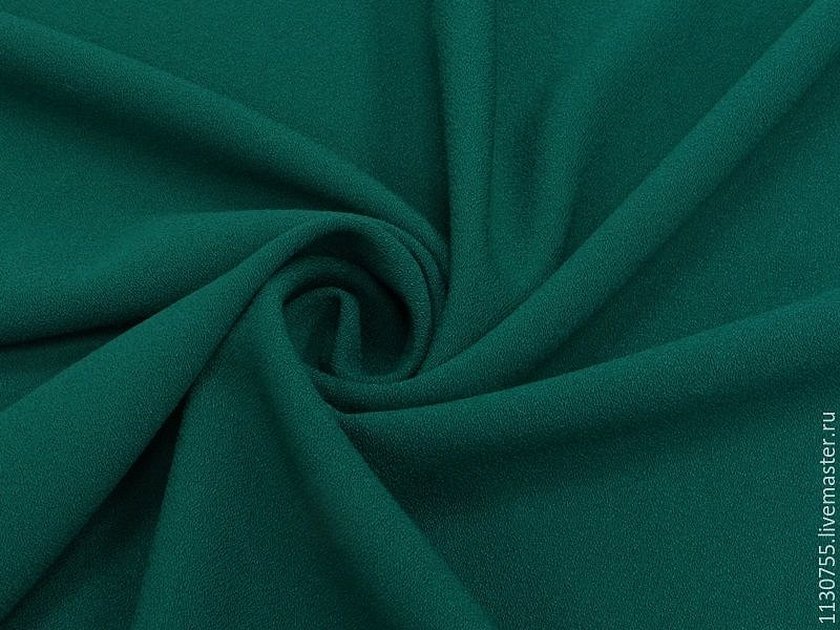
When you first wear them, you don't have to worry about anything breaking. Such things usually serve their owners for a long time.
- At the same time, the material does not “breathe” well.
These are the most suitable compositions for winter, but they are rather poorly suited for summer.
- The addition of elastane makes the garment elastic.
A sweater, for example, will retain its shape even if it has already been worn and washed several times. There will be no sagging areas or, conversely, too tight ones.
Interesting. Due to the combination of viscose and elastane, the occurrence of allergies in the owner is excluded. Allergy sufferers are not recommended to wear clothes made only of polyester. But such combinations do not cause any doubts. But things can wrinkle, pellets often appear on their surface.
The main thing is to carefully study the labels. They usually indicate what materials are added and in what quantities. Elastane and polyester also have their own designations.
Why are these fibers mixed in fabrics?

Nowadays, there are fabrics with completely different compositions. It is difficult to find fibers that contain almost 100% of only one substance. When mixing different materials with each other, the result is products that are convenient from a practical point of view.
Important. Mixing artificial and natural fibers results in lower production and cost prices. The composition changes, but with the right proportions there are no negative consequences for quality.
Practicality is another advantage that such solutions have. Fabrics become stronger and more reliable when used in any conditions.
Description of polyviscose
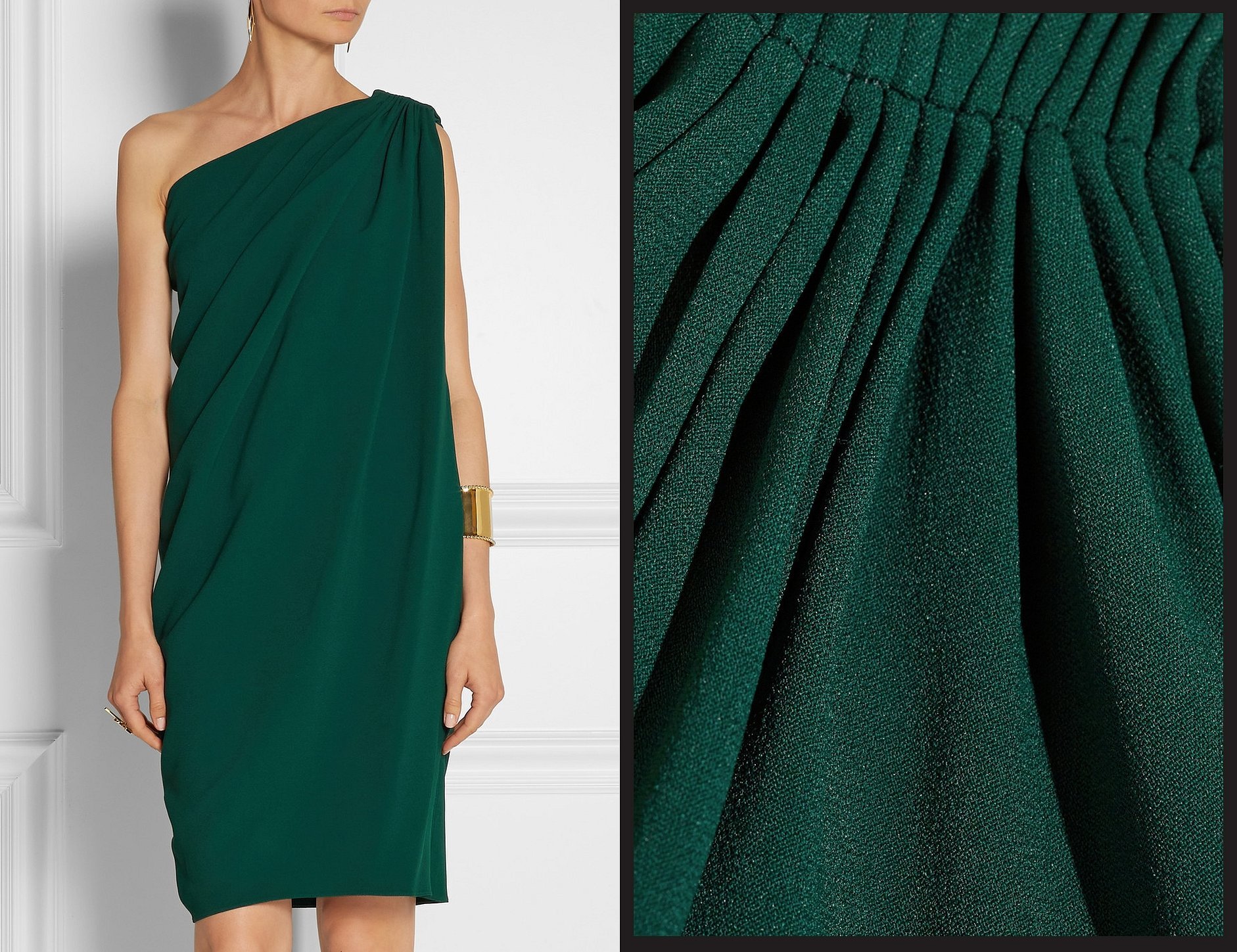
Pliviscose is a modern analogue for natural fabrics. Including such as silk and cotton, linen. The two main components - polyester and viscose gave the name. The material is surprisingly soft to the touch.
Composition, production features
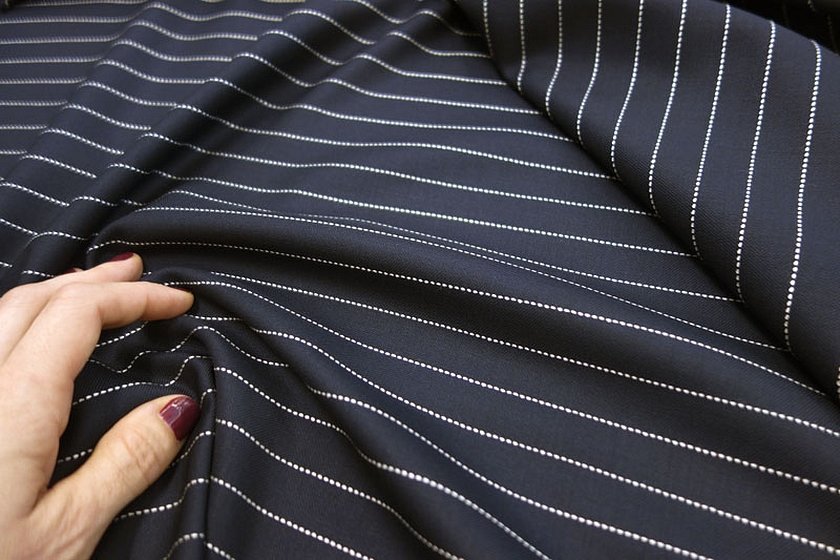
Polyviscose is a mixed type of material. The two main components are:
- 100% synthetic polyester.
- Viscose is of artificial origin. Polyester is often added to it.
Please note. Synthetics are usually the most abundant component, up to 60-70%. Durability and wear resistance are provided precisely due to this component. Softness and air impermeability appear when using wood cellulose as a base.
But in some compositions, viscose makes up 70% and polyester – 30%.
When adding elastane, the fabric will stretch better. Durability will also increase. For sewing casual clothes, such combinations are the best option.
In polyviscose fabrics, various thread weaves are used:
- Twill.
- Satin.
- Transverse.
The surface is matte or shiny. It can also be used to understand whether lavsan and polyester are the same or not.
Application

Polyviscose fibers become the basis for the following products:
- Carpets.
- Coat.
- Jackets.
- Dresses.
- Trousers for men and women.
- Jackets.
- Blouses.
- Skirts.
- School uniform for children.
The lining for outerwear can also be polyviscose. Thanks to this, things stop stretching and retain their shape for a long time.
Important. The material produces high-quality curtains that do not require special care. They are easy to wash, dry cleaning is acceptable. The main thing is that the products retain an attractive appearance for a long time.
Care instructions

If you follow the rules, the product will last longer.
- Washing.
Both manual and machine washing are acceptable. The main thing is to use water with a temperature of up to 40 degrees. Before washing, turn the items inside out, fasten all zippers, buttons, and snaps. All fittings must be secured.
Mild detergents work best with polyviscose. Make sure they don't contain stain removers or chlorine. Gels don't leave streaks and work best.
- Spinning. It is recommended for cases with 95% polyester, 5% spandex, what kind of fabrics - you can easily find out from the manufacturer's instructions.
This is a delicate mode that helps preserve the original shape and properties of the material. If we are talking about a washing machine, the number of revolutions should be minimal. When manually wringing, it is forbidden to twist the fabric too much.
- Drying.
A vertically suspended product is the optimal solution when drying polyviscose-based items. A large number of synthetic fibers do not allow the use of drying machines. Items are placed on clotheslines.
- Ironing. The main thing is to figure out in advance what kind of fabrics - viscose, elastane.
It is recommended to be especially careful with items containing 30% or more synthetics. It is better to move the iron carefully over the fabric, using a slightly warm iron. You can use hot air, but then put hot gauze under the item.
Elastane and Polyester: The Difference
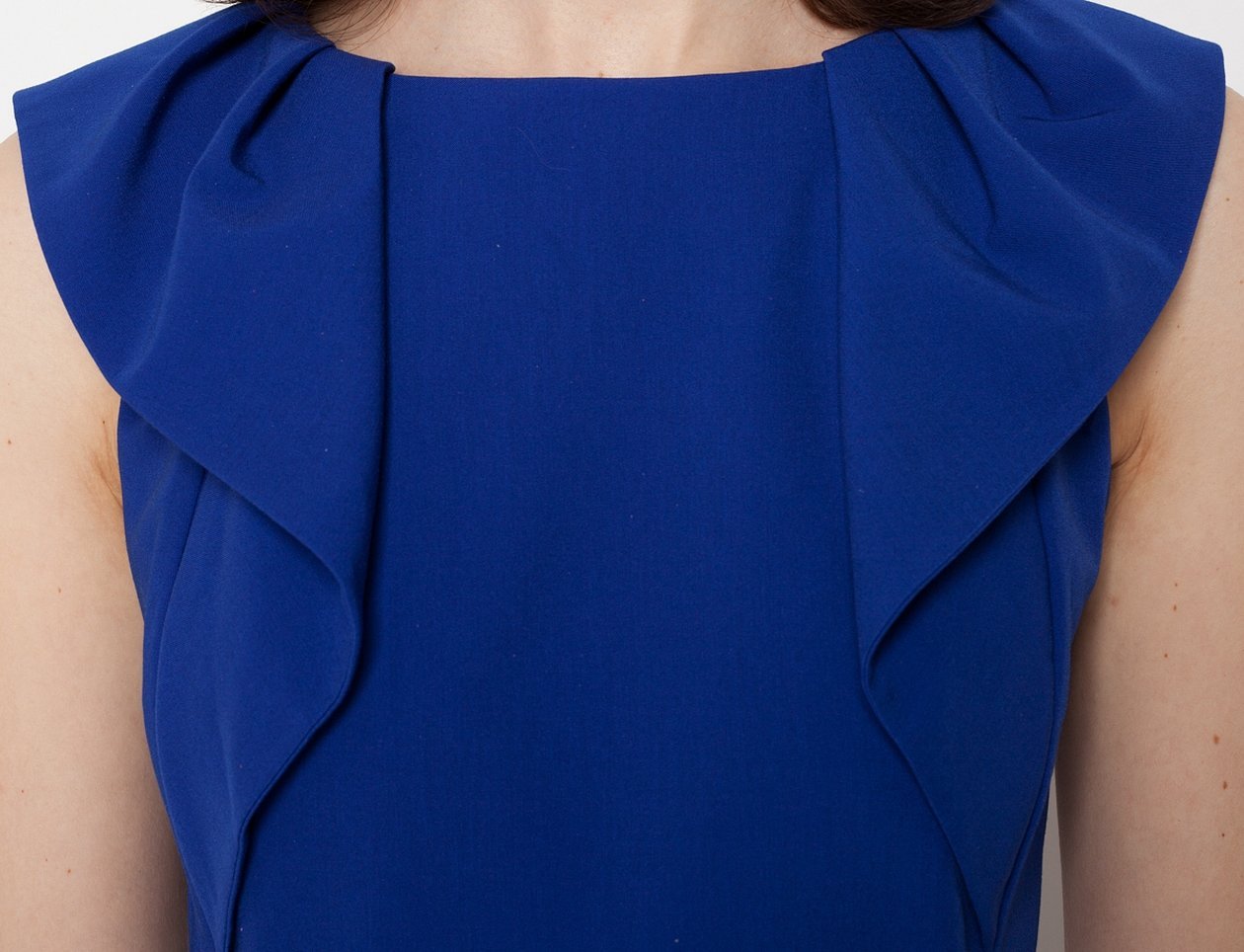
Polyester fibers became the basis for polyester, it is a completely synthetic formation. It is part of most modern fabrics. In appearance and tactile sensations, the material is very similar to wool. A durable and wear-resistant type of material that retains its original parameters for a long time under any conditions.
Polyester is similar to cotton, which many see as an advantage. There are other positive qualities:
- Easy to wash, even with cold water. Lycra has other positive properties.
- No maintenance requirements. This is where the difference lies.
- The base does not wrinkle. Including - if the composition is indicated as 95 polyester, 5 elastane, what kind of fabrics - the packaging helps to understand.
Elastane is a very thin fabric, characterized by elasticity. It can easily pass air. Refers to tight-fitting materials. Things with such a base do not lose their shape for a long time even with numerous washes. The main thing is to use a delicate mode and monitor the temperature so that it does not exceed 40 degrees. Below we will consider how to choose, polyamide or elastane, which is better.
Polyamide or elastane: which is better

Polyamide is initially a material with a rough surface, but it can also be smooth. It allows air to pass through and can change shape depending on the body. It is completely protected from biological influences.
Polyester also offers other advantages. It has low hygroscopicity and elasticity.
Wins over existing analogues in terms of strength and ability to be painted. It is almost never used in its pure form, but if you have the opportunity to choose, polyamide will be the best solution. The only negative feature is high prices. What the lavsan and polyester options do not provide is whether they are the same or not - the buyer decides.
Reviews

Valery, 30, Moscow: "I like modern synthetic materials. The main thing is that they keep their shape for a long time, which is especially important to me. After several washes, the item still looks like new. It also behaves quite well in bad weather. I often buy suits made of polyester and polyamide, and they have never let me down."
Vika, 27, Perm: “I have always liked any combinations with elastane. They are not only easy to care for and wash. Such things easily bend to the shape of the body. And do not cause discomfort. I don’t know, I often like the feel of synthetic materials more than natural ones. And they last longer. Each item lasts for several years.”
Natalia, 35, Samara: "I agree, elastane is a real salvation in many cases. Polyester and polyamide are also quite a good choice. The main thing is not to turn on too high a temperature when washing. Then everything will be fine with the fabrics and things."

It is difficult to imagine modern clothing production without synthetic materials in various proportions. Without using such solutions, clothing turns into a piece of fabric that cannot be used in any way. Synthetics add stretchability, making materials more pleasant to the touch.

